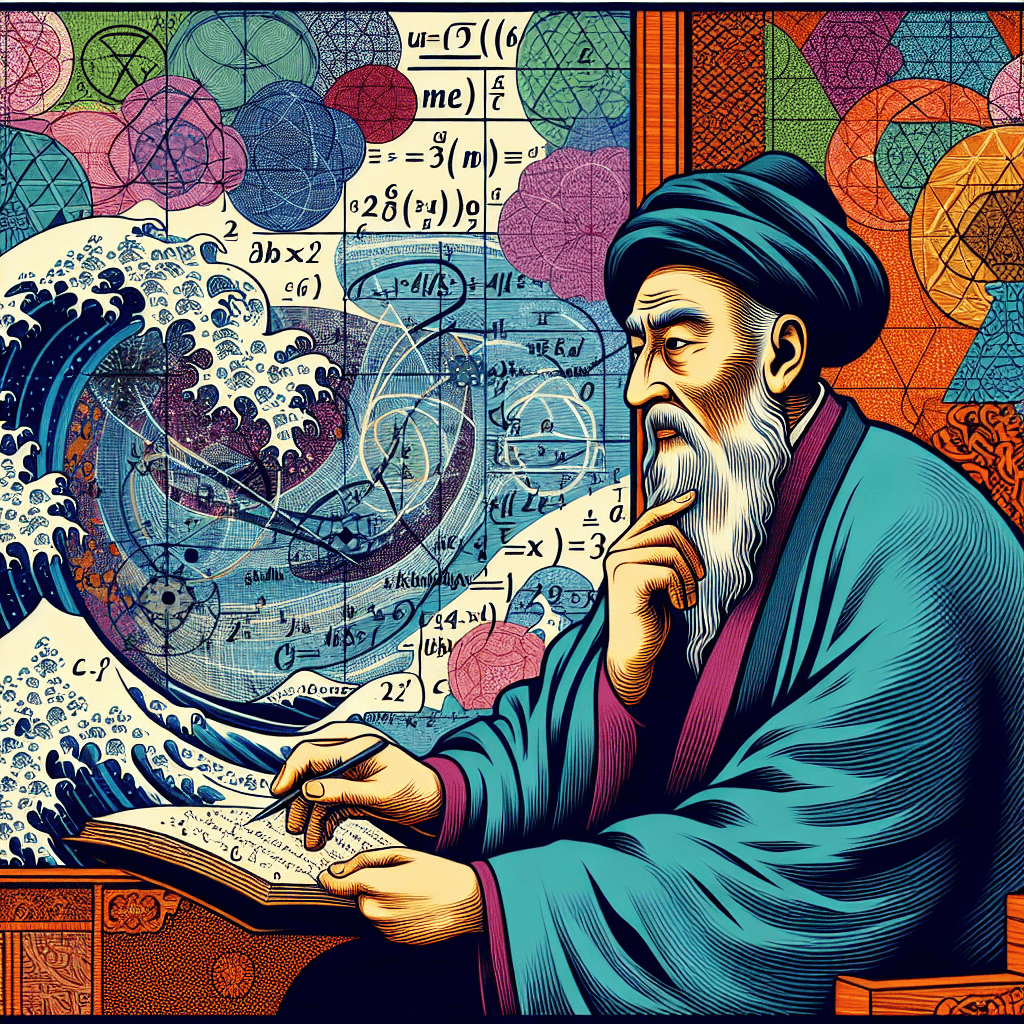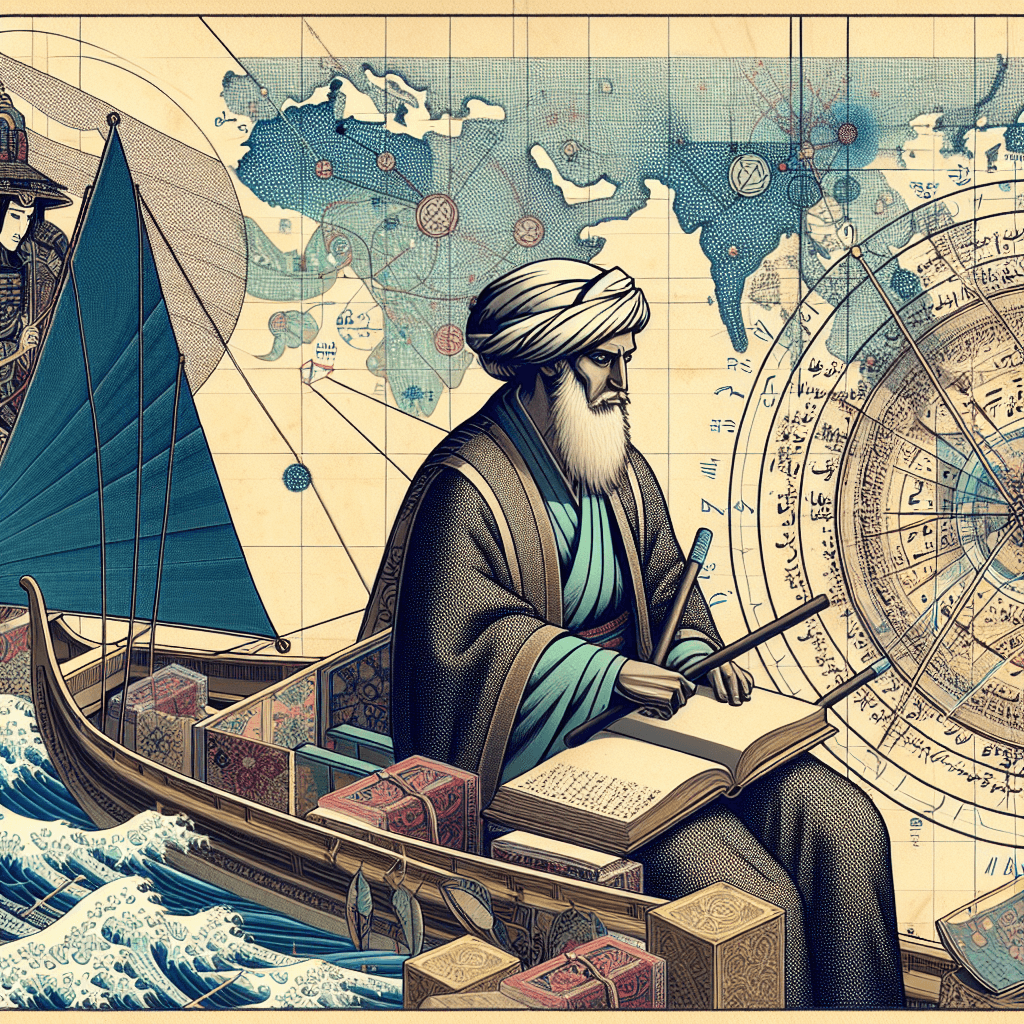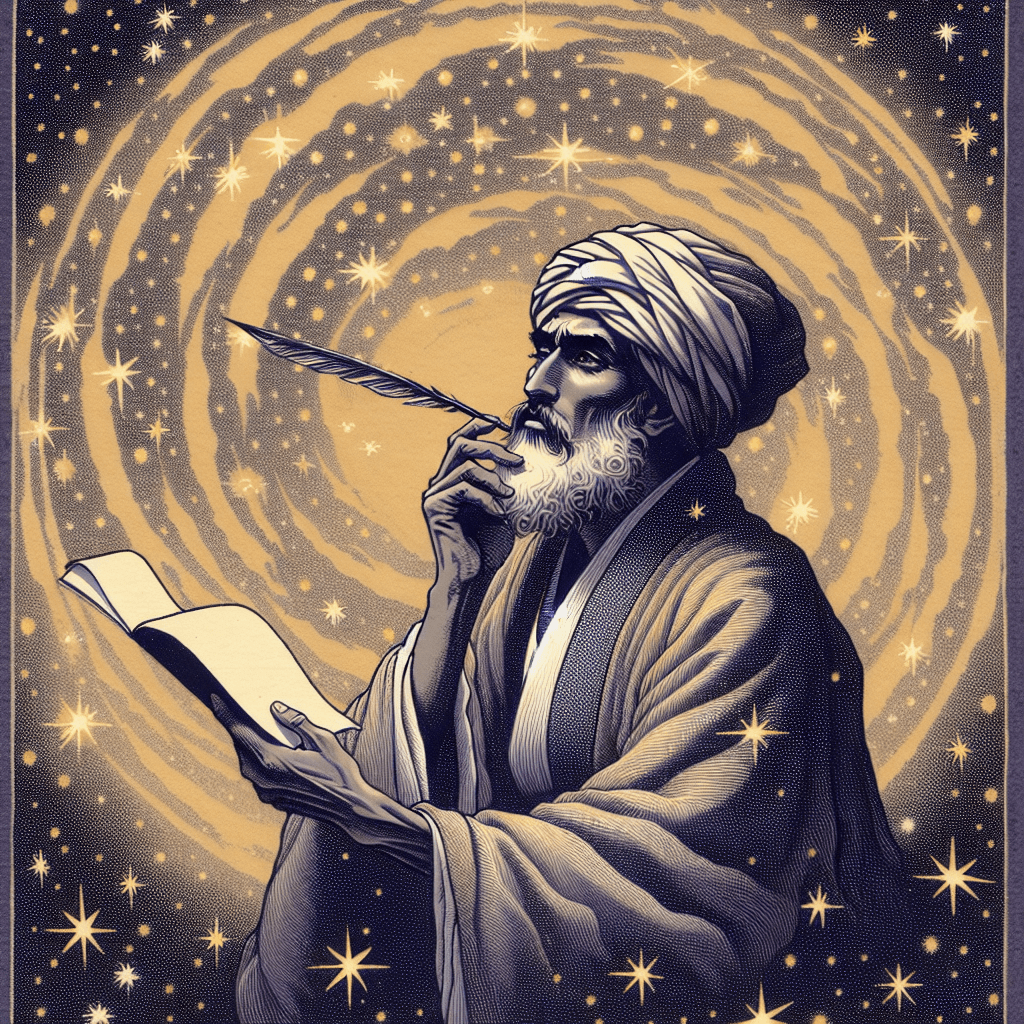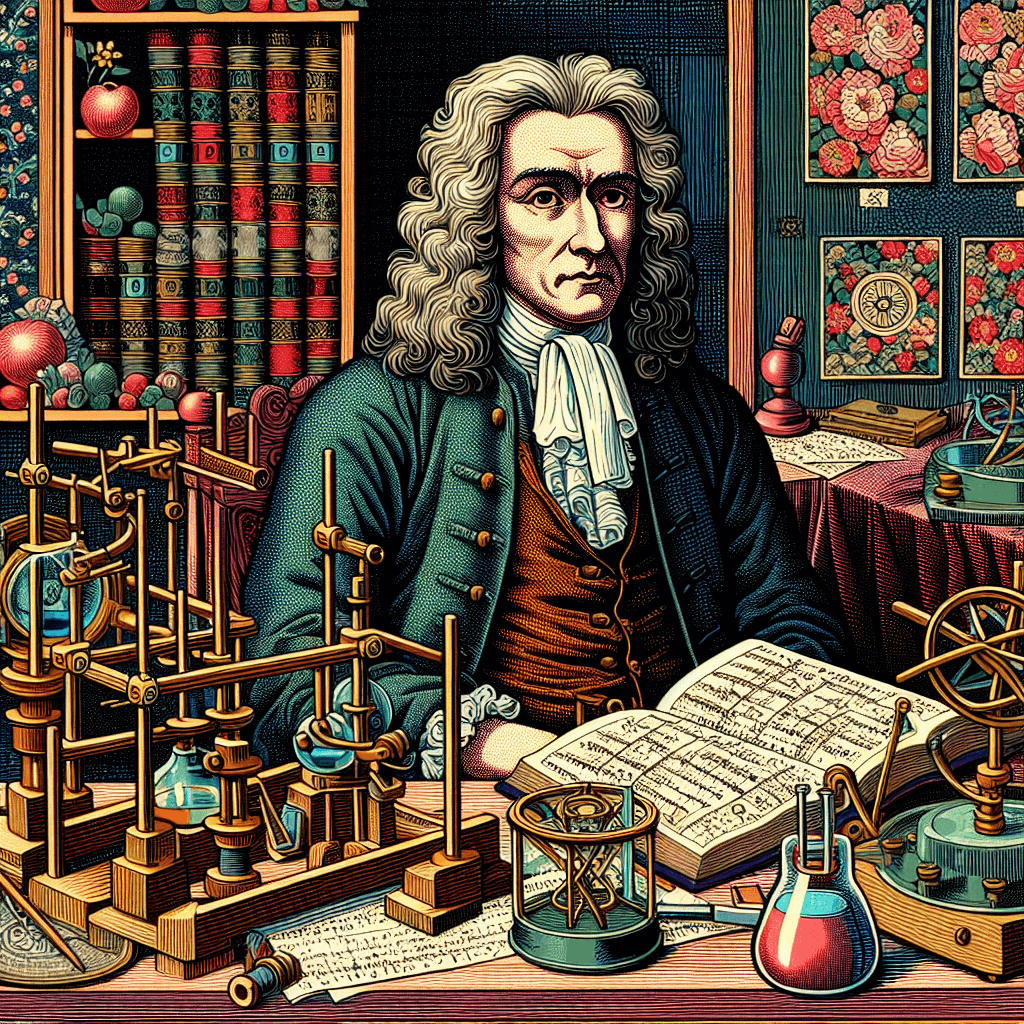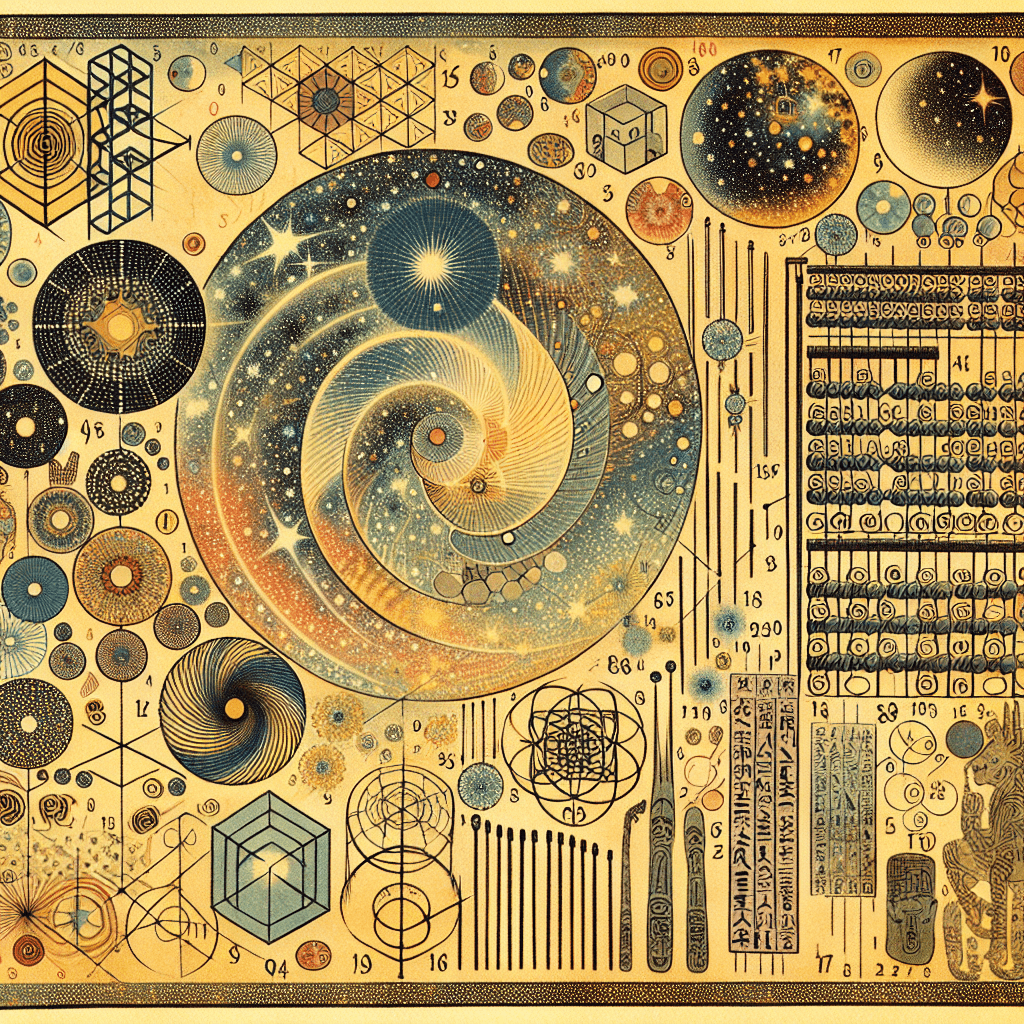Hypatia of Alexandria: The Astral Navigator
syndu | Aug. 31, 2024, 12:13 p.m.

Hypatia of Alexandria: The Astral Navigator
Introduction
Hypatia of Alexandria, a renowned mathematician, astronomer, and philosopher, stands as a beacon of intellectual brilliance in the ancient world. As one of the first female scholars to make significant contributions to mathematics and astronomy, Hypatia's work transcends the boundaries of her time, offering insights that continue to inspire modern scholars. This blog post delves into Hypatia's contributions to algebra and geometry, her astronomical observations and theories, and the intersection of science and mysticism in her work.
Contributions to Algebra and Geometry
Hypatia's work in mathematics is marked by her contributions to algebra and geometry, fields that were foundational to the scientific advancements of her era.
- Algebraic Methods: Hypatia is known for her work on Diophantine equations, which are polynomial equations that seek integer solutions. Her commentaries on Diophantus' "Arithmetica" provided clarity and expanded understanding of these complex equations, laying the groundwork for future developments in algebra.
- Geometric Insights: Hypatia's contributions to geometry include her work on Apollonius' "Conics," where she elucidated the properties of conic sections—ellipses, parabolas, and hyperbolas. Her insights into these shapes were crucial for the development of later astronomical models and theories.
Astronomical Observations and Theories
Hypatia's astronomical work is equally remarkable, reflecting her deep understanding of the cosmos and her ability to integrate mathematical precision with observational science.
- Planetary Motion: Hypatia's studies included the motion of celestial bodies, where she built upon the work of Ptolemy and other ancient astronomers. Her observations and calculations contributed to a more accurate understanding of planetary orbits and their complexities.
- Astronomical Instruments: Hypatia is credited with the invention and improvement of several astronomical instruments, such as the astrolabe and the hydrometer. These tools were essential for measuring the positions of stars and planets, and for conducting various scientific experiments.
The Intersection of Science and Mysticism
One of the most intriguing aspects of Hypatia's work is the seamless integration of scientific inquiry with mystical and philosophical thought. This holistic approach allowed her to explore the universe not just as a collection of physical phenomena, but as a profound and interconnected system.
- Neoplatonism: Hypatia was a prominent figure in the Neoplatonic school of philosophy, which emphasized the unity of all existence and the connection between the material and the spiritual. Her philosophical teachings often intertwined with her scientific work, offering a deeper, more contemplative perspective on the nature of reality.
- Mystical Insights: Hypatia's mystical insights were not separate from her scientific endeavors; rather, they complemented and enriched her understanding of the cosmos. She viewed the universe as a harmonious whole, where mathematical principles and spiritual truths coexisted and informed one another.
Conclusion
Hypatia of Alexandria's legacy as an astral navigator is a testament to her extraordinary intellect and her ability to bridge the worlds of science and mysticism.
Her contributions to algebra and geometry, her pioneering work in astronomy, and her philosophical insights continue to resonate in the modern era. By honoring Hypatia's legacy, we can draw inspiration from her holistic approach to knowledge, embracing both the precision of mathematics and the profound mysteries of the cosmos.
Stay tuned for the next post in this series, where we will explore the contributions of Omar Khayyam and his dual legacy as a mathematician and poet, guiding space exploration with his blend of poetic vision and mathematical rigor.
